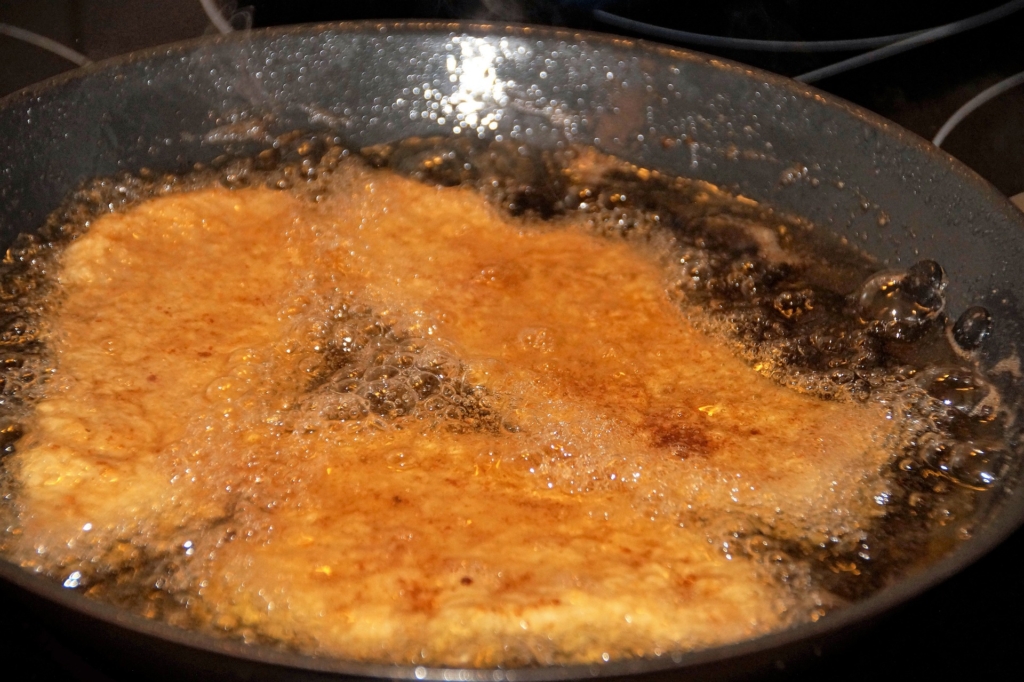Besides its many culinary and therapeutic applications, mustard oil is used the same way coffee beans are used to revive one’s sense of smell. It’s believed that some chefs sniff mustard oil to awaken their sense of smell, which helps them to identify a variety of food fragrances in their kitchen. Read on for more interesting information on mustard oil.
What is Mustard Oil?
Mustard oil is a vegetable oil derived from the seeds of the mustard plant (Brassica nigra or Brassica juncea). It is an ancient oil that dates back to Roman times where it was not only used in cooking but also as an important medicinal ingredient. Mustard oil is currently widely used in Indian and Pakistani cuisines specifically for sautéeing, deep-frying, and flavoring pickles.
Although the edible mustard oil is restricted in some countries like the United States, Canada, and Europe, due to its high levels of erucic acid which can potentially cause heart health issues, it is still used in many parts of the world including Russia, China, and South Asia.

How is Mustard oil made?
There are two different methods to extract mustard oil: one is by pressing mustard seeds to obtain pure mustard oil (edible), and the second is by grinding mustard seeds that yield essential oil (inedible). After the oil is extracted, it is purified and processed to make it consumer-friendly.
Types of Mustard Oil
Just like other oils, mustard oil is categorized into grades depending upon the quality, for instance, Grade I is raw mustard oil which is also known as Kachchi Ghani in India. To prepare this type of mustard oil, which is also considered India’s “Golden Oil”, high-quality mustard seeds are ground to extract mustard oil in its raw form. Similarly, the grade II mustard oil is mostly used for therapeutic purposes like body massage and can’t be used for edible purposes. This type is extracted by pressing any type of mustard seed.
Flavor and appearance
Mustard oil is extracted from black, brown, and white mustard seeds, and depending upon the seed variety, oil can be reddish-brown or amber in color. Mustard oil has a strong and somewhat peppery taste much like horseradish and wasabi. It doesn’t have a greasy texture that lingers. You taste it and then it’s gone. The strong smell of mustard oil adds warm, spicy, and stinging flavor to the dishes.

Why is Mustard Oil Good for Cooking?
Mustard oil is great for deep frying, or sautéeing as it’s one of the few oils that have an exceptionally high smoke point (480°F) that ensures the oil’s chemical composition doesn’t alter with higher cooking temperature, unlike many vegetable oils.
Cooking with Mustard Oil
Mustard oil imparts a uniquely pungent flavor to the dishes. In the South Asian region, it’s called “sarson ka tel” and is widely used in pickling. Different vegetables and spices are submerged into a pot of mustard oil and left to ferment in sunlight for weeks or up to months. Jalapeños, carrots, lemons, garlic, and mangoes are the most popular vegetables for the Indian pickles.

Mustard oil being pungent and spicy is excellent for roasting fish and vegetables like okra, cauliflower, and broccoli. Since mustard oil goes well with both vegetarian and non-vegetarian cooking you can use mustard oil in place of olive oil or butter in our recipes for Blue Fish, Asparagus, and Eggs with Dijon Vinaigrette,Roasted Belgian Endive, and Spicy Roasted Cauliflower.

Besides, any fish of your choice can be poached in mustard oil before being dusted with flaming hot Spanish paprika and chili flakes for wiping out any fishy aroma and, of course, for yielding a fiery intense flavor. Mustard oil can be drizzled over salads or tossed into dressings or marinades just like we do with olive oil or sesame oil.
If you’re using mustard oil in cooking for the first time, chances are you might be overwhelmed with that intense flavor punch, however, once you get past it you’ll cherish its pleasantly distinctive and piquant flavor.

Feature Image: congerdesign from Pixabay



